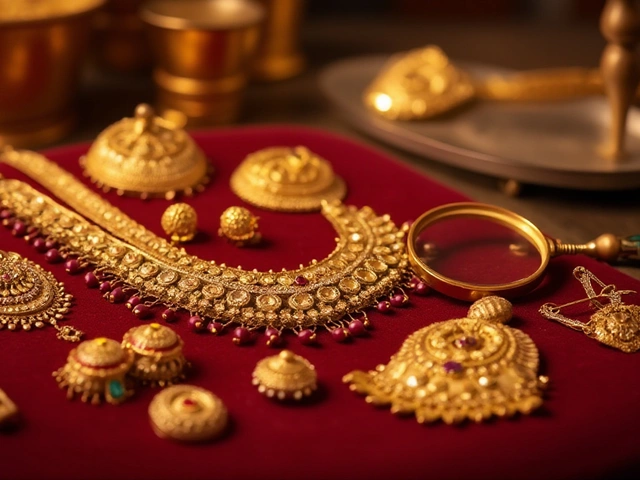US Customs Diamonds: A Quick Guide for Importers
If you’re thinking about bringing diamonds into the United States, you’ll soon find out that customs is the first checkpoint. It’s not as scary as it sounds – you just need the right paperwork, know the duty rates, and understand how value is assessed. Below we break down the basics so you can avoid delays and extra costs.
Key Documents and HS Codes
The most important number for any imported good is its HS (Harmonized System) code. Diamonds fall under heading 7102, which covers diamonds, whether cut or uncut. Using the correct 6‑digit code (7102.31 for rough diamonds, 7102.39 for polished) tells customs exactly what you’re bringing in.
Along with the HS code, you’ll need a commercial invoice that lists the weight, carat, cut, color, clarity, and price of each stone. A certificate from a recognized lab (GIA, IGI, or AGS) is also required to prove the stones are genuine and to show they’re not conflict diamonds.
If you’re shipping a large volume, a customs bond might be needed. The bond guarantees that any duties, taxes, or penalties will be paid even if you can’t cover them later. Most freight forwarders can arrange this for you.
Duties, Taxes, and Valuation
Good news: the United States does not levy a specific import duty on diamonds. That means you won’t pay a percentage fee on the value of the stones. However, you still have to handle other charges.
First, the Customs Value is the price you paid plus freight, insurance, and any handling fees. This total is what the U.S. Customs and Border Protection (CBP) uses to calculate the Merchandise Processing Fee (MPF) and possible antidumping duties if the origin country is subject to them.
The MPF is usually 0.3464% of the customs value, with a minimum of $2.31 and a maximum of $528.40 per entry. If you’re importing from a country that has an antidumping order on diamonds, you might face an additional duty that can range from 5% to 100% of the value, depending on the order.
Don’t forget state sales tax if the diamonds will be sold within a particular state. Some states require you to register for a sales tax permit before the goods arrive.
To keep things smooth, file your entry through the Automated Commercial Environment (ACE). Include the invoice, lab certificate, packing list, and any required permits. CBP will review the documents, and if everything checks out, they’ll release the shipment within a day or two.
Here are a few practical tips:
- Double‑check the HS code before you submit the entry – a typo can cause a hold.
- Use a reliable lab for certification; CBP won’t accept vague appraisal letters.
- Keep a copy of the shipping manifest handy; it speeds up any follow‑up questions.
- If you’re unsure about antidumping duties, consult a customs broker – the cost of a broker is often less than a surprise duty.
By staying organized and knowing what CBP expects, you can move diamonds across the border without the usual headaches. Remember, the key is accurate paperwork, the right HS code, and awareness of any special duties that might apply. Happy importing!
Bringing Diamonds from India to USA: Rules, Customs, and Insider Tips
Learn all you need to legally bring diamonds from India to the USA. Get step-by-step advice, avoid common mistakes, and keep your gems safe and legal.





